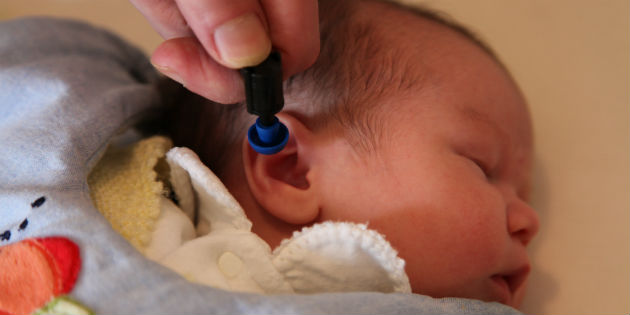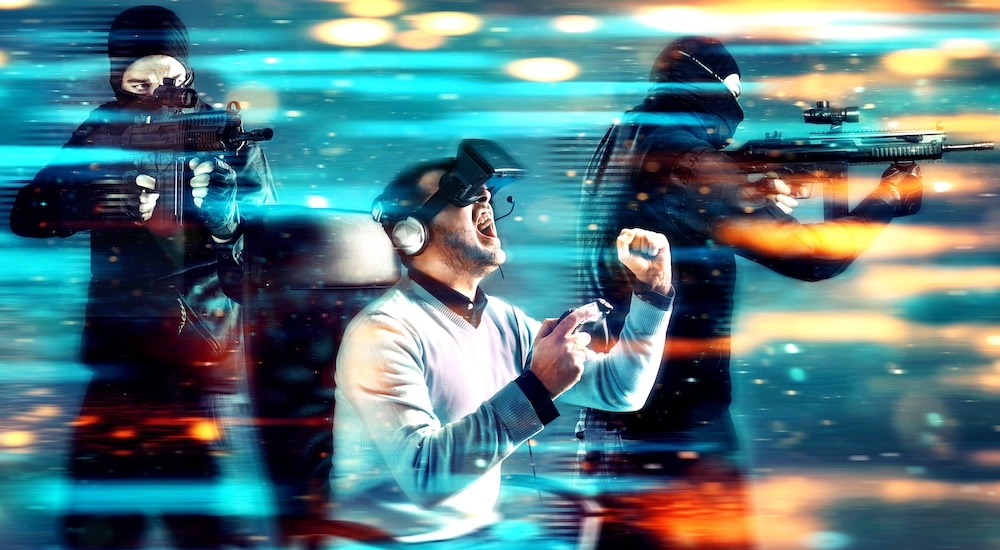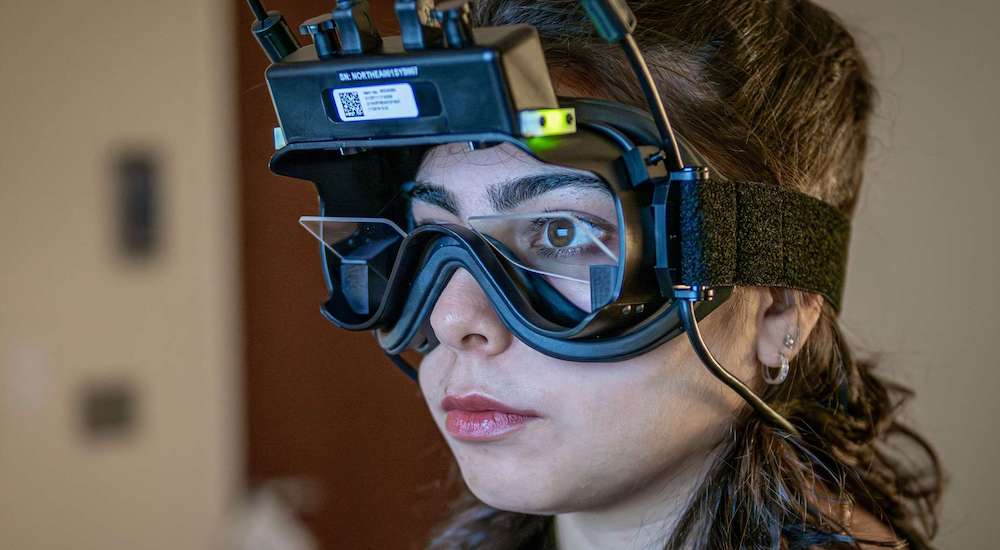Targeted intervention to improve follow-up rates
Newborn screening
Researchers in the United States have found that targeted interventions improve follow-up rates by more than 70% for newborns who fail initial hearing screening at birth.

The researchers in audiology and developmental disabilities working with Cincinnati Children’s Hospital Medical Center found that targeted follow-up for newborn hearing screening led to reduced loss to follow-up rates, decreased the age at hearing confirmation by 1 month, and helped to address care barriers such as transportation issues, lack of child care, work or school schedules, and insurance cover.
Although the United States has a participation rate of around 97% in newborn hearing screening nationally, infants lost to follow-up account for 32% of cases, limiting the effectiveness of the program, say the authors. The research team therefore set up a controlled intervention study to assess loss to follow-up rates and age at follow-up in a targeted rescreening context through collaboration with the Women, Infants, and Children (WIC) program, and in a non-intervention context. Over a 2-year period, the group tracked 1,493 hearing screen referrals at six hospitals in the Cincinnati area. 260 WIC-eligible infants were referred to the study.
Among the WIC-eligible infants included in the analysis, the lost to follow-up rate was 9.6%, compared with 28.7% for the non-intervention infant group in the same hospitals, and interestingly 18.1% for non-intervention hospitals. “We found by working together with WIC that we significantly improved the effectiveness of newborn hearing screening programs for low-income mothers and their babies,” Scott Wexelblatt, MD, medical director of Regional Newborn Services at Cincinnati Children’s and co-author on the study told Science Daily.
Source: Science Daily. Hunter LL, et al. Influence of the WIC Program on Loss to Follow-up for Newborn Hearing Screening. Pediatrics. 2016 Jun 15.



